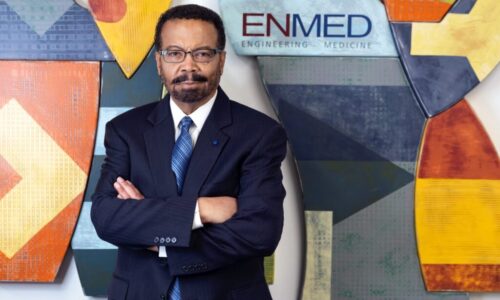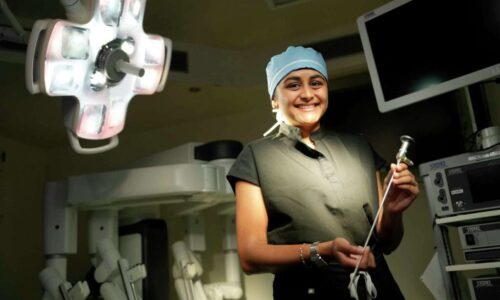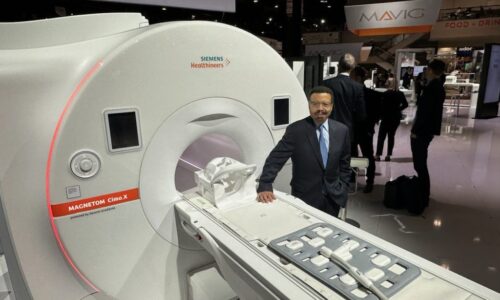ENMED’s Learning Community Facilitates Lifelong Excellence Through Mentorship
The Learning Communities at Texas A&M University’s School of Engineering Medicine (ENMED) offer small group interactions, mentorship, and shared intellectual experiences to foster academic success. They provide students with a supportive environment that encourages personal, academic, and professional growth. This approach integrates academic, social, and peer support to enhance student experiences and outcomes across all […]







